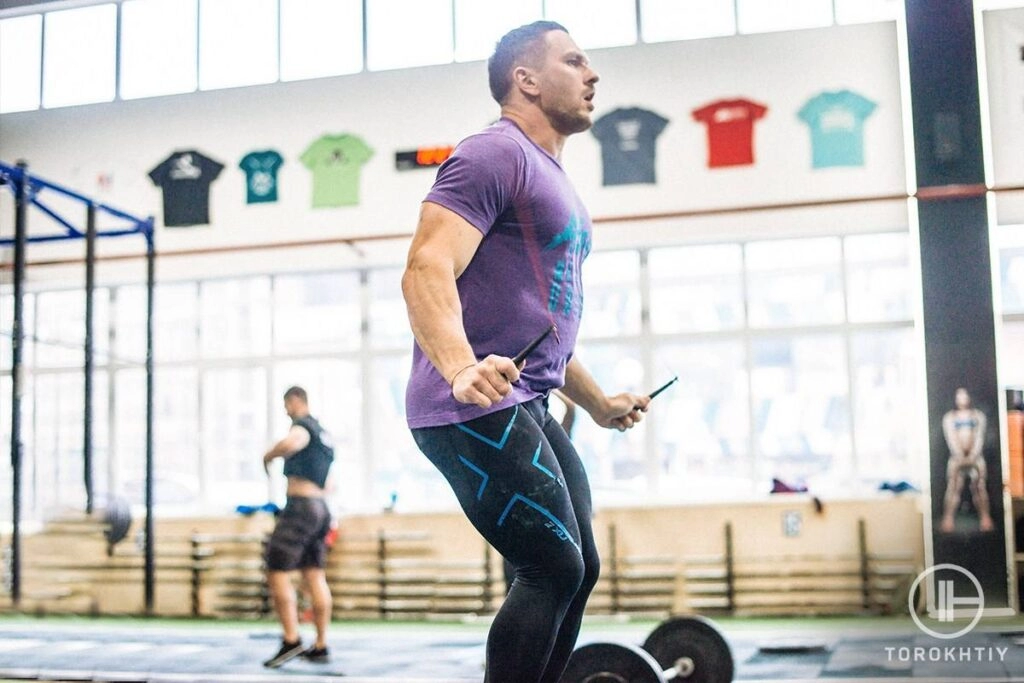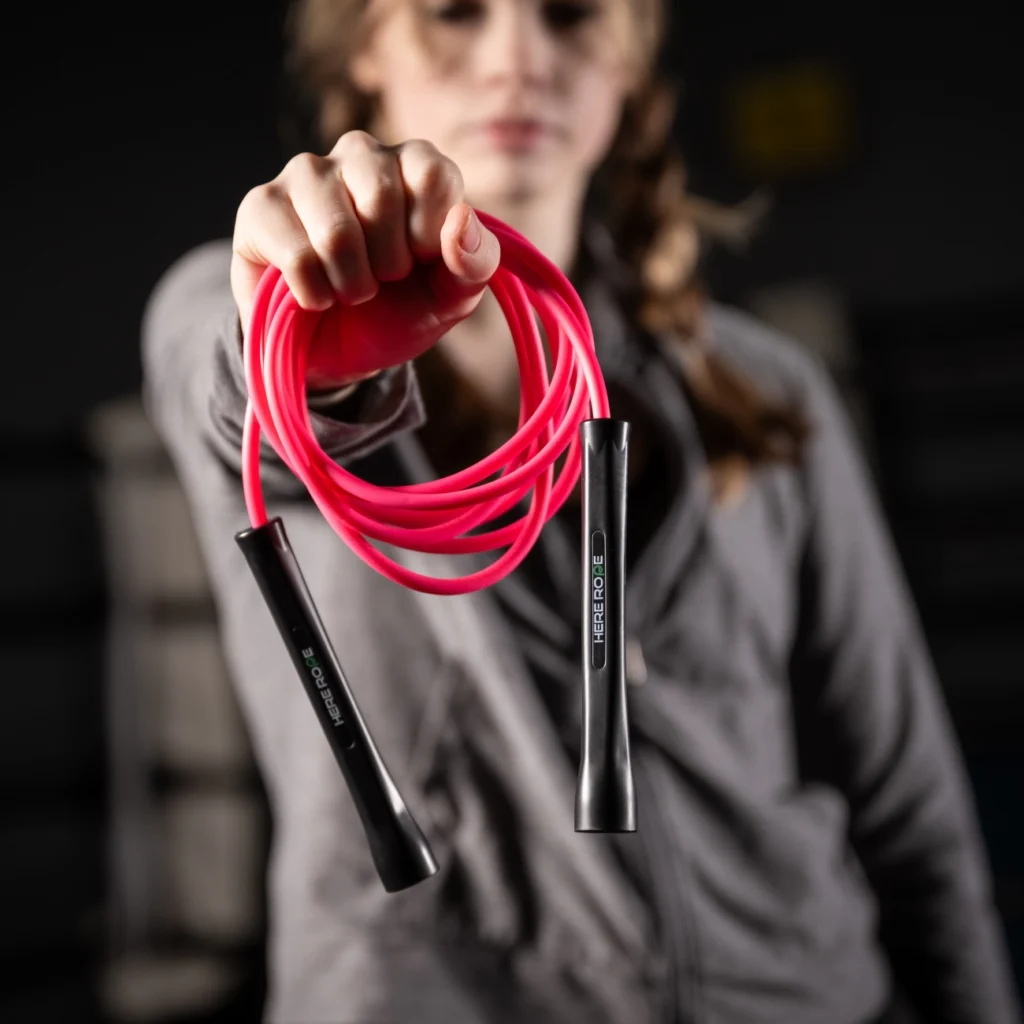Glute Muscles and How They Build Muscle
Understanding how the glute muscles work is key to knowing how to build and tone your buttocks effectively. The glutes are composed of three main muscles: the gluteus maximus, gluteus medius, and gluteus minimus.
- The gluteus maximus is the largest and most powerful muscle in the group. It primarily controls hip extension, which is moving your thigh backward, and is crucial for generating force in many lower body movements.
- The gluteus medius and minimus sit underneath and to the side of the maximus. These muscles stabilize your pelvis during movement and help with hip abduction (lifting your leg sideways), which is important for balance and proper alignment.
Exercises That Build Glute Muscles
Not all exercises target the glutes equally. To build muscle in your glutes, you want to focus on movements that emphasize hip extension and include resistance training. Some of the best exercises for glutes include:
- Squats (with added weight to increase resistance)
- Lunges that push the hips backward
- Hip thrusts or bridges
- Deadlifts that recruit the glutes through hip extension
These exercises challenge the glute muscles to work harder, stimulating muscle hypertrophy (growth) over time.
Muscle Toning Versus Muscle Building
A common question is the difference between muscle toning and muscle building. Simply put:
- Muscle building (hypertrophy) means increasing the size and strength of muscle fibers. This requires consistent resistance exercises with enough load to stress the muscles beyond their usual capacity.
- Muscle toning generally refers to improving the appearance of the muscles by reducing body fat and increasing muscle firmness. This often involves higher repetitions with lighter resistance or aerobic exercises that burn calories but don’t necessarily build significant muscle size.
Understanding these differences helps when setting realistic goals for your glute strengthening routine. If you’re looking to build glute muscles at home, focusing on resistance and hip extension movements will be far more effective than purely aerobic exercises or light toning workouts.
By knowing the anatomy and how different exercises activate the glutes, you can tailor your workouts to emphasize either endurance or growth, depending on your goals.
How Jump Rope Engages the Glutes and Lower Body Muscles
Jump rope is often seen as a cardio tool, but it actually involves multiple muscle groups, including your glutes. Understanding the biomechanics helps explain how jump rope contributes to lower body activation.
Muscle Activation During Jump Rope Exercise

When you jump rope, your glute muscles—especially the gluteus maximus and medius—work to stabilize the hips and maintain your balance. Each jump requires:
- Hip extension: The powerful downward push off the ground comes largely from your glutes firing to drive the movement.
- Stabilization and control: Your glute medius helps stabilize your pelvis during single-leg landing phases, which is crucial to prevent wobbling or injury.
- Jump force generation: Glutes contribute to the explosive force that propels you upward for each jump.
This means jump rope isn’t just about the calves and quads; your glutes are continuously active, especially with higher-intensity movements.
Comparing Glute Activation to Other Lower Body Exercises
While jump rope does engage the glutes, it doesn’t activate them as intensely as resistance exercises like squats, lunges, or hip thrusts. Those exercises involve heavier loads and more targeted hip extension, which are key for building glute strength and mass.
However, jump rope outshines many lower body cardio exercises for its plyometric benefits, constantly training your glutes for quick, explosive power and endurance, which adds value when combined with other strength work.
of Glute Engagement in Jump Rope
- Jump rope activates the gluteus maximus and medius for hip extension and stability.
- It contributes to muscular endurance and explosive power in the glutes.
- Compared to resistance training, jump rope offers less intensity but more endurance-based activation.
- It’s a solid cardio exercise that also aids in toning and strengthening the glutes when done with variations that emphasize lower body movement.
Incorporating jump rope into your routine helps develop glute activation alongside improving your cardiovascular fitness and coordination.
Can Jump Rope Alone Build Glutes and Muscle
Jump rope is a fantastic tool for calorie burning, endurance, and aerobic fitness, but when it comes to building glute muscles, it has some limitations.
Jump Rope Focuses More on Endurance Than Muscle Growth
Jumping rope primarily targets muscular endurance rather than muscle hypertrophy (growth). The rapid, repetitive nature of jump rope improves cardiovascular health and tones the legs, but it doesn’t provide the resistance or overload necessary to stimulate significant glute muscle growth. This means:
- You’ll improve glute activation and stamina.
- You might notice some muscle toning and definition over time.
- But building larger or stronger glutes will be minimal if jump rope is your only exercise.
Why Jump Rope May Not Be Ideal Alone for Glute Growth
Muscle growth requires progressive resistance training—like squats, lunges, or hip thrusts—that focus on hip extension and glute overload. Jump rope doesn’t usually place enough load on the glute muscles to trigger hypertrophy, since it’s mostly a plyometric cardio workout rather than strength training.
What Science Says About Jump Rope and Glute Activation
Research and expert opinions often classify jump rope as a full-body cardio workout that engages multiple muscle groups, including the calves, quads, hamstrings, and to some degree, the glutes. Still, its activation of the glute muscles tends to be brief and less intense compared to traditional lower body exercises.
For a better idea of muscle activation during jump rope, check out this detailed guide on what muscles does jump rope work.
- Jump rope builds muscular endurance and tones the lower body.
- It does not replace resistance training needed for glute muscle growth.
- Combining jump rope with strength exercises is the best way to boost glute size and strength effectively.
If your goal is building bigger glutes at home, consider pairing jump rope workouts with targeted resistance exercises for a balanced glute strengthening routine.
Jump Rope Variations That Target Glutes More Effectively
If you want to use jump rope to build glute muscles at home or enhance your existing routine, certain variations can boost your glute activation. Regular jump rope mainly works your calves and quads, but with the right moves, your glutes get a better workout.
Best Jump Rope Moves for Glute Engagement
-
Single Leg Jumps
Balancing on one leg during jumps forces your glutes to stabilize your hips and maintain balance, increasing muscle activation. This move helps with glute strengthening and adds a stability challenge.
-
High Knees with Jump Rope
Bringing your knees up high while jumping boosts hip flexor and glute engagement. The explosive knee drive paired with the jump rope rhythm targets both muscle toning and glute endurance.
-
Butt Kicks
This variation focuses on the hamstrings but also activates the glute muscles as you bring your heels up towards your butt. It’s great for improving muscle activation during jump rope sessions.
-
Squat Jumps with the Rope
Squat jumps force your glutes to work harder during the squat phase and the jump phase. Adding the jump rope twist keeps your heart rate up and gives you a powerful plyometric exercise for glutes.
Sample Jump Rope Workout for Glutes
- Warm-up with 2 minutes of basic jump rope.
- 30 seconds single leg jumps (right leg), 30 seconds rest.
- 30 seconds single leg jumps (left leg), 30 seconds rest.
- 45 seconds high knees with jump rope, 15 seconds rest.
- 45 seconds butt kicks with jump rope, 15 seconds rest.
- 1 minute squat jumps with jump rope, 30 seconds rest.
- Repeat the circuit 3 times for a full lower-body burn.
This routine combines cardio with targeted glute activation to help you build muscle and tone your buttocks while burning calories.
Incorporating these jump rope workouts for beginners and advanced alike can make your sessions more efficient for glute development, especially when paired with strength exercises.
Benefits of Combining Jump Rope with Other Glute Building Exercises
Jump rope is a fantastic cardio tool, but when you combine it with targeted glute exercises, you get the best of both worlds: fat loss, muscle definition, and stronger glutes. Here’s why mixing jump rope with resistance training works so well for building your glutes.
Resistance Training Complements Jump Rope for Glute Building
Jump rope alone mainly targets endurance and burns calories. To build and shape your glutes, you need to add resistance exercises that focus on hip extension and muscle activation. Some of the best complementary moves include:
- Squats – They engage the gluteus maximus, medius, and minimus, building size and strength.
- Lunges – Target different muscle fibers in the glutes, improving balance and muscle tone.
- Hip Thrusts – One of the most effective exercises for isolating and growing the glutes.
Adding these exercises to your routine creates the right stimulus for muscle hypertrophy, which jump rope alone can’t fully provide.
Jump Rope Supports Fat Loss and Definition for Visible Glutes
Jump rope workouts burn calories fast, making them excellent for fat loss. Reducing fat around the glutes helps reveal the muscle you build through resistance training. Regular jump rope sessions combined with glute strengthening create:
- Improved muscle tone around hips and thighs
- Enhanced lower body muscle definition
- A leaner, more sculpted glute shape
Creating a Balanced Glute Strengthening Routine with Jump Rope
For the best results, craft a workout schedule that blends jump rope with resistance exercises. Here’s a simple approach:
- Warm-up with 5–10 minutes of jump rope to increase heart rate and activate lower body muscles.
- Follow with 3–4 sets of squats, lunges, or hip thrusts focusing on controlled movements.
- Include jump rope variations like single-leg jumps or squat jumps to boost glute activation.
- Finish with a cooldown stretch targeting glutes and hips.
This balanced routine enhances muscle growth, endurance, and helps shape your glutes more effectively.
In , jump rope works best for glute development when paired with solid resistance training. It supports fat loss and muscle endurance, but the size and strength come from exercises targeting your glute muscles directly. Combining both gives you stronger, shapelier glutes that stand out.
Why Choose PVCJumpRopecom for Your Jump Rope Needs
When it comes to jump rope exercise benefits, having the right rope makes all the difference. At PVCJumpRope.com, we focus on delivering superior quality and durability in our PVC jump ropes, ensuring you get the most out of every workout.
Durable PVC Ropes for Effective Workouts
Our PVC ropes are designed to withstand intense use, whether you’re a beginner or an advanced jumper. The tough material resists wear and tear so your rope stays smooth and tangle-free. This durability means you can train consistently without interruptions, helping you maintain a steady glute strengthening routine and improve your overall performance.
Supports Consistent Training and Better Results
Using a high-quality jump rope supports better timing, control, and rhythm during your jumps. This improves muscle activation during jump rope workouts, especially engaging your lower body and glutes through hip extension and stabilization. Consistency is key in any workout, and a reliable rope minimizes distractions so you can focus on hitting your goals.
Variety for Every Skill Level and Workout Style
At PVCJumpRope.com, we offer a broad selection of jump ropes suited for different preferences and training needs. Whether you want something lightweight for cardio exercises focused on toning legs or a weighted rope for more resistance and better muscle activation, we have options that fit:
- Beginner-friendly ropes
- Speed ropes for advanced plyometric glute exercises
- Beaded ropes for rhythm and control
This variety lets you create a balanced, effective glute strengthening routine combined with other exercises to build muscle.
Choosing the right PVC jump rope from PVCJumpRope.com means investing in a tool that supports your entire fitness journey—from burning fat to building stronger, shapelier glutes at home.



